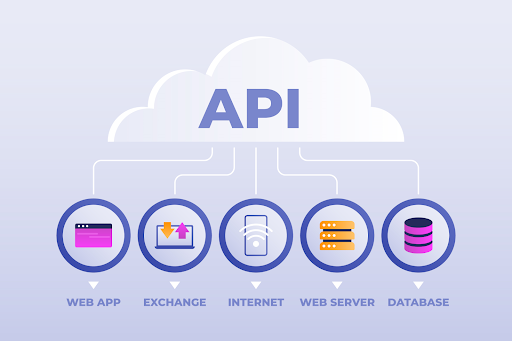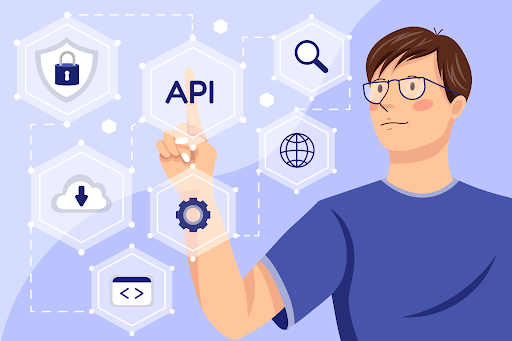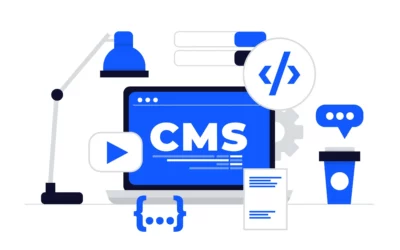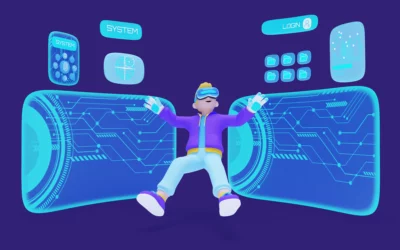Introduction
In today’s growing world, APIs (Application Programming Interfaces) have become the most crucial factor in modern software development. It serves as a bridge that enables seamless communications between services and applications.
Along with the APIs, one more thing that is getting popular these days is the API-First Development approach. In this blog post, we will briefly explore a development approach and explain the importance of designing robust APIs for building successful applications.
Understanding API-First Development
In simple terms, the API-First Development approach means developing the APIs first, before creating the application or other aspects of the application.
Previously, what developers would do is, develop the user interface first and then work on the development of the APIs. Imagine building a house without a blueprint. Sounds chaotic, right? That’s exactly what traditional app development can feel like without a well-defined API. API-First Development flips this traditional approach and encourages the development of APIs first and then the user interface. This approach can benefit the developers as it can help establish a clear contract on how different parts of the application will interact.
Some advantages of using the API-First Development
- Collaboration and Communication: As we already know, APIs act as a bridge between the different components of the application. If APIs are specified first with all the details, it results in better collaboration and communication between frontend and backend developers. This approach helps developers and stakeholders to gain a shared understanding of the functionality from the beginning. This enables better communication and collaboration, leading to fewer errors and faster development cycles.
- Parallel Development: API-First Development allows frontend and backend development to occur parallelly. This can be achieved as Backend developers define API specifications, which frontend developers use to build the user interface based on expected data and functionalities. This approach helps ensure that the frontend and backend components work together seamlessly, without any unexpected issues arising during development or testing.
- Ease of Integration: The API-First Development approach makes the integration of the APIs easy wherever they are to be used. Integrating third-party services or allowing other applications to interact with your system is made simpler with robust APIs.
- Stronger security: With the implementation of the API-First Development approach, we can enhance the API security and develop a robust and secure application since the application security is also dependent on API security. APIs can be made more secure by implementing access controls and authentication mechanisms.
- Improved consistency: APIs are designed for reusability, allowing you to create multiple applications on a shared foundation. This saves time and reduces inconsistencies across your application ecosystem.
- Flexibility and Scalability: Designing APIs with a clear purpose and structure makes it easier to adapt and scale the application. If modifications are necessary or new functionalities are introduced, the API can act as a solid foundation that can be expanded upon without disrupting the entire system.

Design Principles for Robust APIs
- Clarity and Consistency: API design should be clear and consistent, easy for both frontend as well as backend developers to understand. Naming conventions, data formats, and endpoints used in the API should follow a logical structure for better understanding.
- Understand your user needs: The developer should have a clear understanding of the user needs and requirements before developing the API for a use case which will ensure that the API is truly valuable and fulfills the requirements.
- Version the API: As the application evolves, the API will also evolve. It is important to manage changes and ensure compatibility with existing applications through versioning. It ensures that the new implementation won’t disrupt the existing users and their data.
- Documentation of API: It’s important to document your API using tools like Swagger to make it easy for developers to understand and integrate, resulting in faster and easier integrations and usage.
- Authentication and Security: Use access control and security mechanisms in the APIs to ensure data security and make them secure and safe. Additionally, it is important to regularly update and maintain these security measures to keep up with evolving security threats. By doing so, you can prevent unauthorized access or breaches of sensitive data through your APIs.
- Test and monitor: It is important to regularly test API for functionality and performance, and monitor usage patterns and user feedback to identify areas for improvement.
Tools for API-First Development
- Postman: With Postman, developers can test their APIs quickly and efficiently, and easily debug any issues that arise. Its user-friendly interface and extensive features make it a must-have tool for API development and testing.
- Swagger: Swagger provides an easy-to-use interface for designing, building, and testing APIs. Its comprehensive features help developers to streamline their workflow and improve API documentation.
Conclusion
API-First Development is a software development approach that prioritizes the creation of Application Programming Interfaces (APIs) before any other development tasks. This approach is more than just a trend, it is becoming a strategic shift in the software development lifecycle. By designing and developing APIs first, developers can build a strong foundation for their applications, which can lead to numerous benefits such as better scalability, interoperability, and ease of maintenance.
One of the main advantages of adopting an API-First Development approach is improved scalability. By creating APIs first, developers can ensure that their applications can easily handle increased traffic and user demands. APIs provide a standardized interface for accessing application data, which can make it easier for developers to create new features or add new functionality to their applications. Overall, API-First Development can help developers create applications that are more flexible, adaptable, and capable of meeting the needs of their users.





